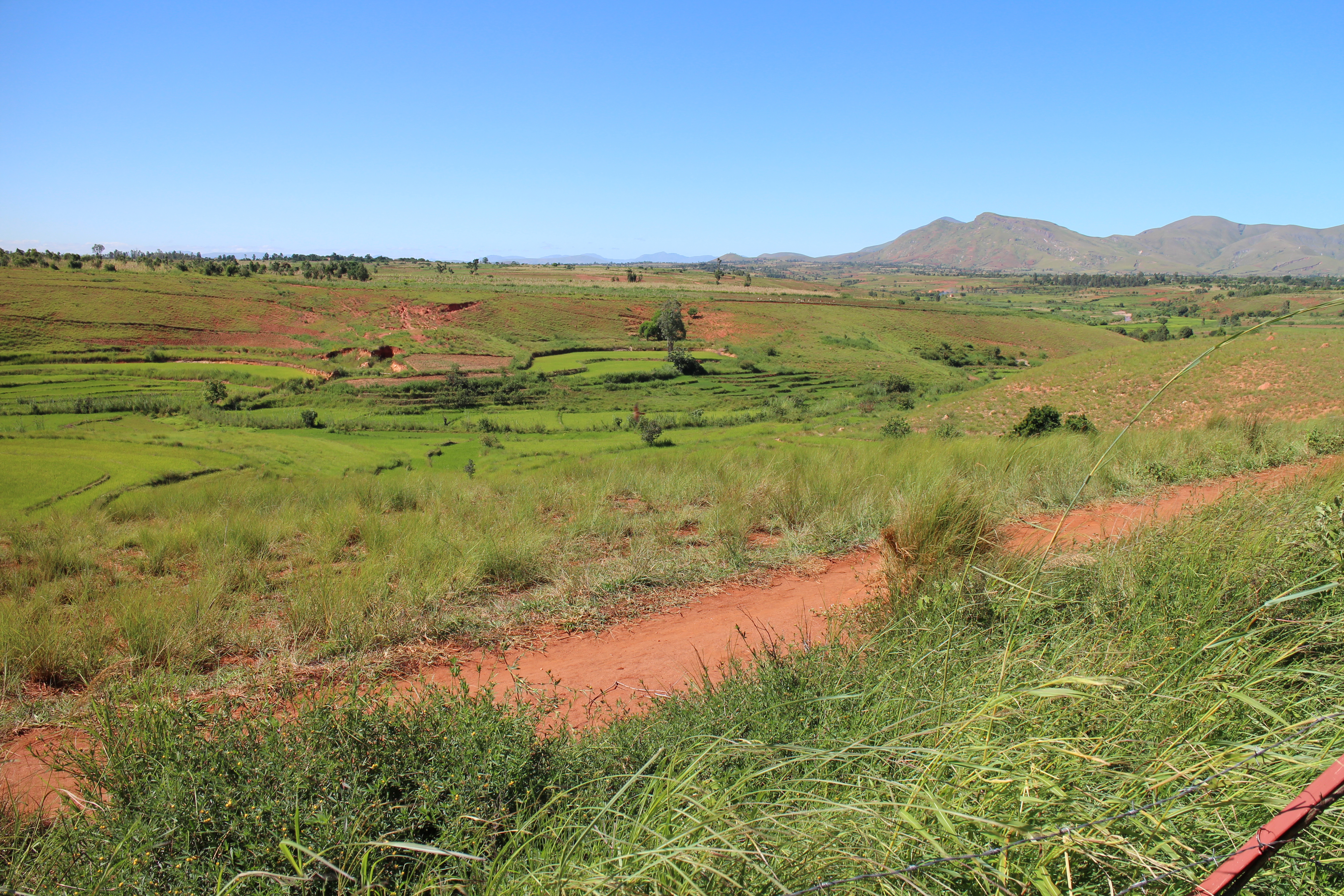P availability and turnover of the organic belowground inputs into a Ferralsol (Affiliated project)
Background:
Tropical grasslands cover approximately 1500 Mha that corresponds to 44% of the worldwide grassland area and are mainly growing on Oxisols and Ultisols. These highly weathered soils usually have low plant available phosphorus (P) contents due to the strong P sorption onto the soil solid phase. To cope with P limitation, plants develop specific strategies for acquiring P such as root system extension or root exudation enhancement, which influence plant belowground inputs. However, a quantitative understanding of combined root and rhizodeposition C and N inputs in response to P availability has not yet been studied.
Objectives and approach:
Understand the role of P availability on the regulation and the turnover of belowground organic matter inputs (roots and rhizodeposition) from plants in highly weathered tropical soils. Along a gradient of plant available P, we will quantify and characterize belowground C, N and P input by functionally distinct tropical plant species (grass and legume) using a 13C, 15N, 33P labelling approach applied under controlled conditions of the greenhouse. Then, we will be able to follow the incorporation of plant-derived C, N and P into soil nutrient pools over time.
Figure 1: Site in Madagascar
Supervisors:
Astrid Oberson (ETH Zurich), Emmanuel Frossard (ETH Zurich), Samuel Abiven (Soil Science and Biogeography Unit, Department of Geography, University of Zurich)
Collaboration:
Idupulapati M. Rao (International Center for Tropical Agriculture (CIAT), Cali, Colombia)
Funding source:
The project is funded by the Swiss National Science Foundation (SNSF)
